
 Don’t confuse the derring-do of MXA test riders in bike test photos. Those are the fun parts of being a test rider—but it’s the six hours at the track before that photo was shot that matters the most.
Don’t confuse the derring-do of MXA test riders in bike test photos. Those are the fun parts of being a test rider—but it’s the six hours at the track before that photo was shot that matters the most.
(1) Balance. The world’s fastest racers usually aren’t the best test riders, and the best testers usually aren’t the fastest racers. Just because you are fast doesn’t mean you have an accurate understanding of why you like or don’t like an aspect of the bike. A motorcycle test rider is much like a U.S. Air Force test pilot, he needs to balance speed and a feel for the nuances of a machine’s handling. No matter how fast you are, you can always be faster and/or safer if you have a better setup.
(2) School. The best way for a young racer/tester to learn is to spend time with riders who know what they’re doing. There are plenty of trainers teaching riders how to go faster, but not many of those same trainers are also advising on suspension or engine tuning. Finding someone who can go to the track with you, or whom you can bounce questions off during the week, will speed up the learning process immensely.
(3) Mechanic. It’s always best to limit the variables in testing, which means that you test parts as close to back to back as possible; however, that’s hard to do when you’re the tester and parts changer at the same time. Having a mechanic with you speeds up the testing process. It’s hard to change triple clamps by yourself when it’s hot out and you’re still breathing hard from your previous moto.
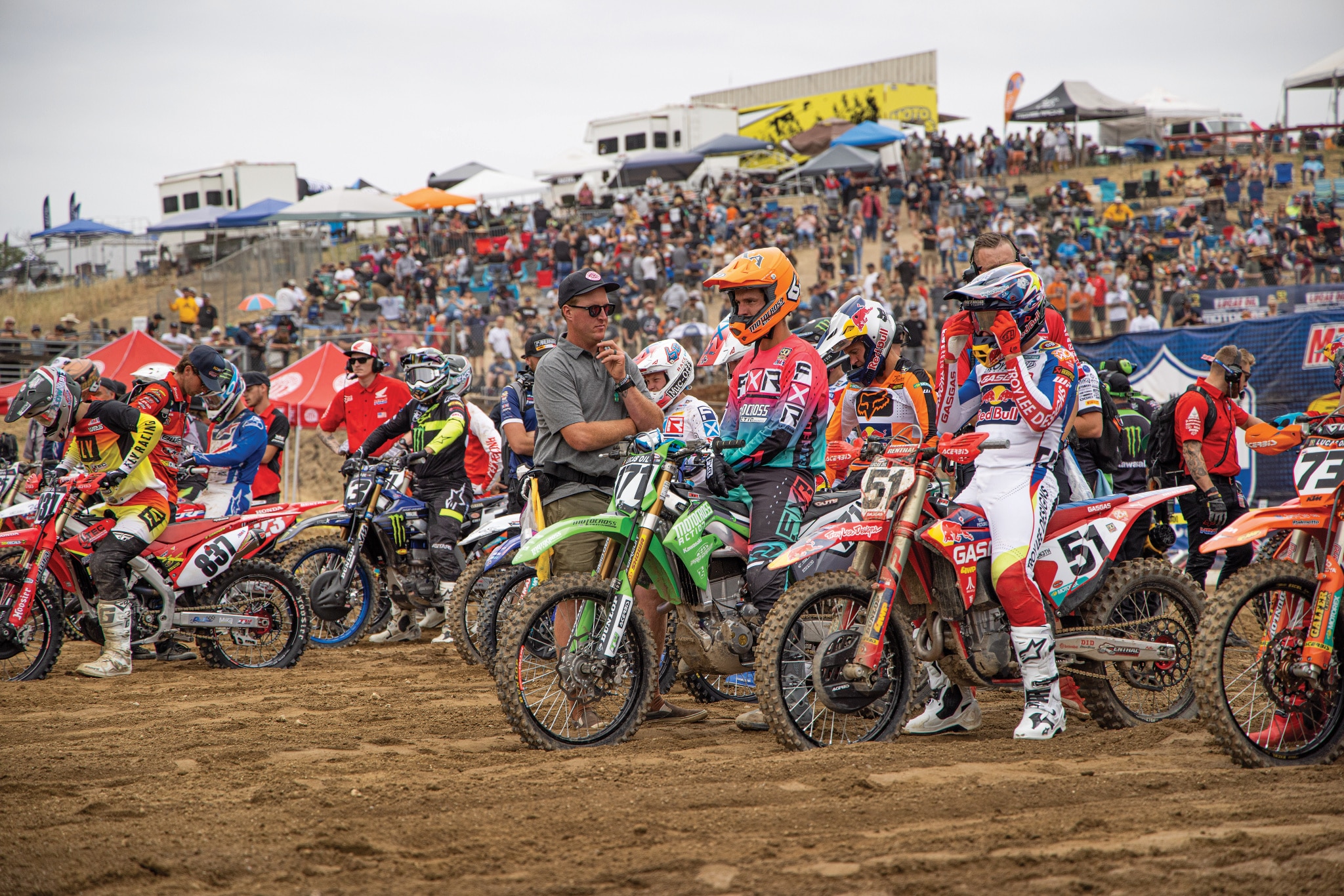 MXA test riders race the bikes they are testing—not always at an AMA National in the 450 Pro class like Josh Mosiman (171), but more often at weekly races in the a wide range of classes. The object of testing motocross bikes is to make them better at the one thing they were built for.
MXA test riders race the bikes they are testing—not always at an AMA National in the 450 Pro class like Josh Mosiman (171), but more often at weekly races in the a wide range of classes. The object of testing motocross bikes is to make them better at the one thing they were built for.
(4) Race testing. As a standard protocol, MXA races the bikes we test. Don’t be surprised if your bike feels different on race day after you woke up earlier, the track was ripped deeper, the water truck did a bang-up job and your nerves were through the roof because you were racing against a full gate of riders. Race-day track conditions are always different from practice-day track conditions, and it’s hard to duplicate them. Plus, on race day, you hit everything from jumps to bumps harder.
(5) Consistency. Make sure to keep an eye on your tire pressure, fork pressure (if you have air forks), bolt torque and even your own energy levels. If the track changes, it will hinder your apples-to-apples comparison. If you’re tired from standing in the sun for 30 minutes while working on your bike, you’ll adopt a lazier way of riding with slower reaction times, and this will affect your feel for the bike. Keeping your triple-clamp bolts and engine-mount bolts at the correct torque specs will help maintain a consistent feel as well.
(6) Perfection. Motocross is never perfect. The tracks change, the bikes change, and you’d be surprised how often we find parts that are supposed to be identical but aren’t true to spec. In the end, it’s almost impossible to make two bikes feel exactly the same, and it’s tough to create true comparisons. You have to learn to accept the variables. Most test riders struggle bouncing between bikes at first, but over time they learn to adapt.
(7) Click it or ticket. Your dirt bike comes with lots of different options for adjusting‚ all to give you a better experience on the bike. Play with the compression and rebound clickers, and sag and fork height to adjust your bike’s handling.
 Smart test riders seek out competent help when faced with problems that requires expert advice. Here, Jody confers with Roger DeCoster and Ian Harrison.
Smart test riders seek out competent help when faced with problems that requires expert advice. Here, Jody confers with Roger DeCoster and Ian Harrison.
(8) Experience. Many riders shy away from riding someone else’s bike because: (a) They are already content with their steed. (b) They don’t want to break the bike. (c) They’re worried they might like the other bike better; however, riding different bikes is the only way to become a better test rider. Find out what you like and don’t like about a bike. Jot down notes and move on. Each year, the MXA test riders test over 30 production models and an equal number of project and factory bikes. The best test riders are the ones with the most experience of riding different bikes, having ridden previous versions of a given brand, test riders will have a better chance of having run across a performance situation that they felt before—and thus have an idea of what it means and how to deal with it.
(9) Sections. Focusing on specific sections of the track is not only great for training but also for testing. Trying to figure out if the suspension feels better or worse over the entire track can be difficult. Find a spot on the track where you’re struggling, and repeat it after each change to feel the difference. Don’t spend too long on the track. If the change is big enough, you should notice the difference within three laps. Also, test the conditions you’re planning to race on. Don’t go around the bumps on practice day if you know that there won’t be any smooth lines on race day.
(10) Tools. There are multiple ways to monitor your testing. Our favorite trick is to put a zip-tie on one fork leg to measure how deep the forks compress. Another great tool for training and testing is to have someone film you going through challenging sections of the track. Also, a new company called Motoklik (based in Ireland) makes a digital suspension monitoring system that tracks the data for you, just like the Pro teams do for their riders.
TEN THINGS ABOUT BECOMING A TEST PILOT…FOR YOUR OWN BIKE Motocross Action Magazine.


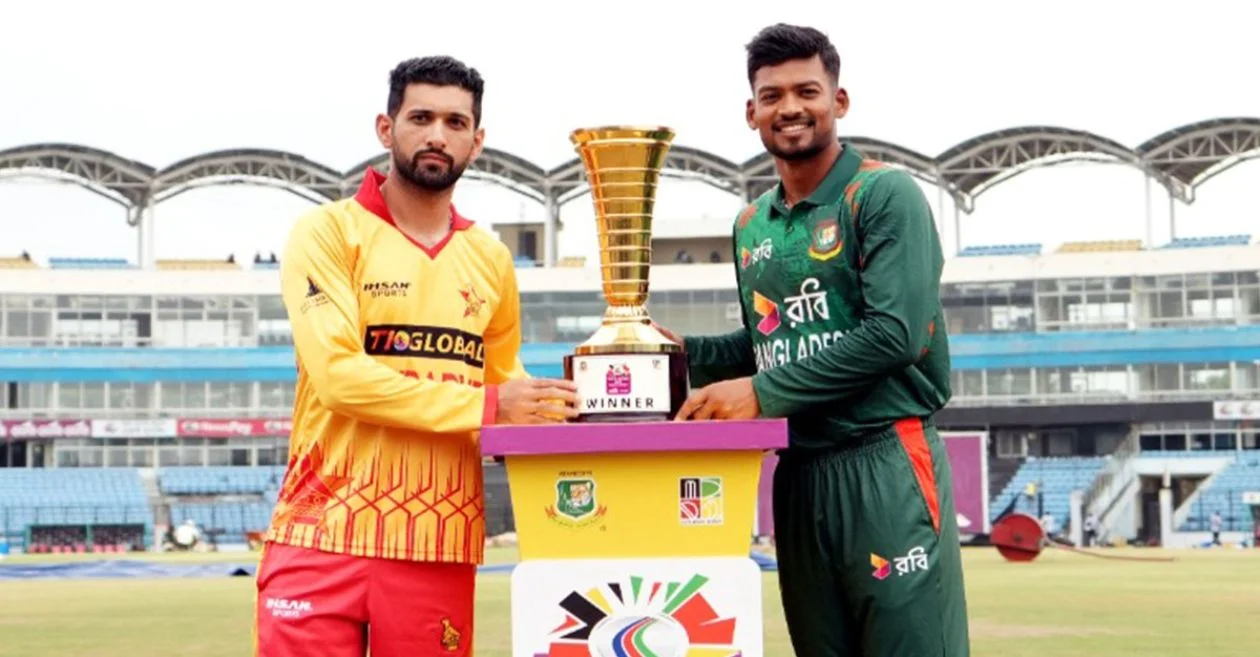
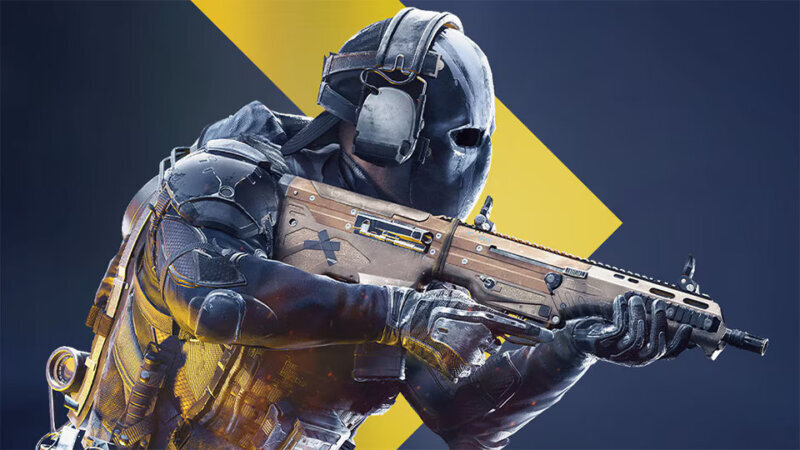


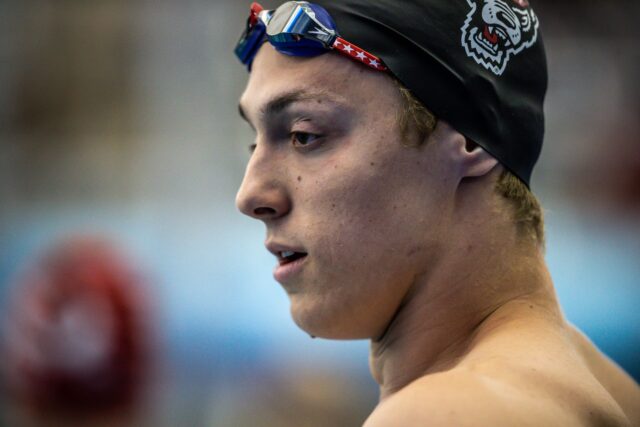
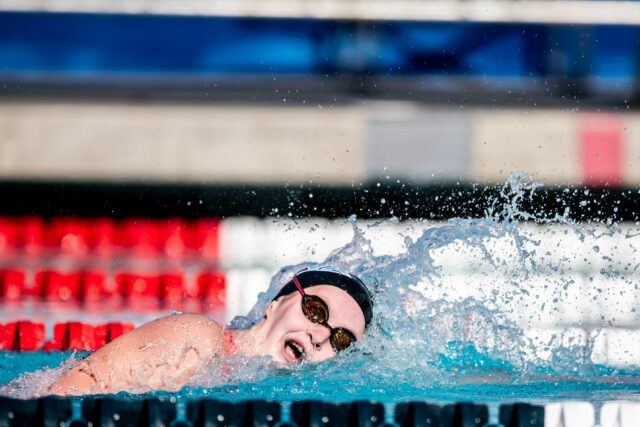











You must be logged in to post a comment Login